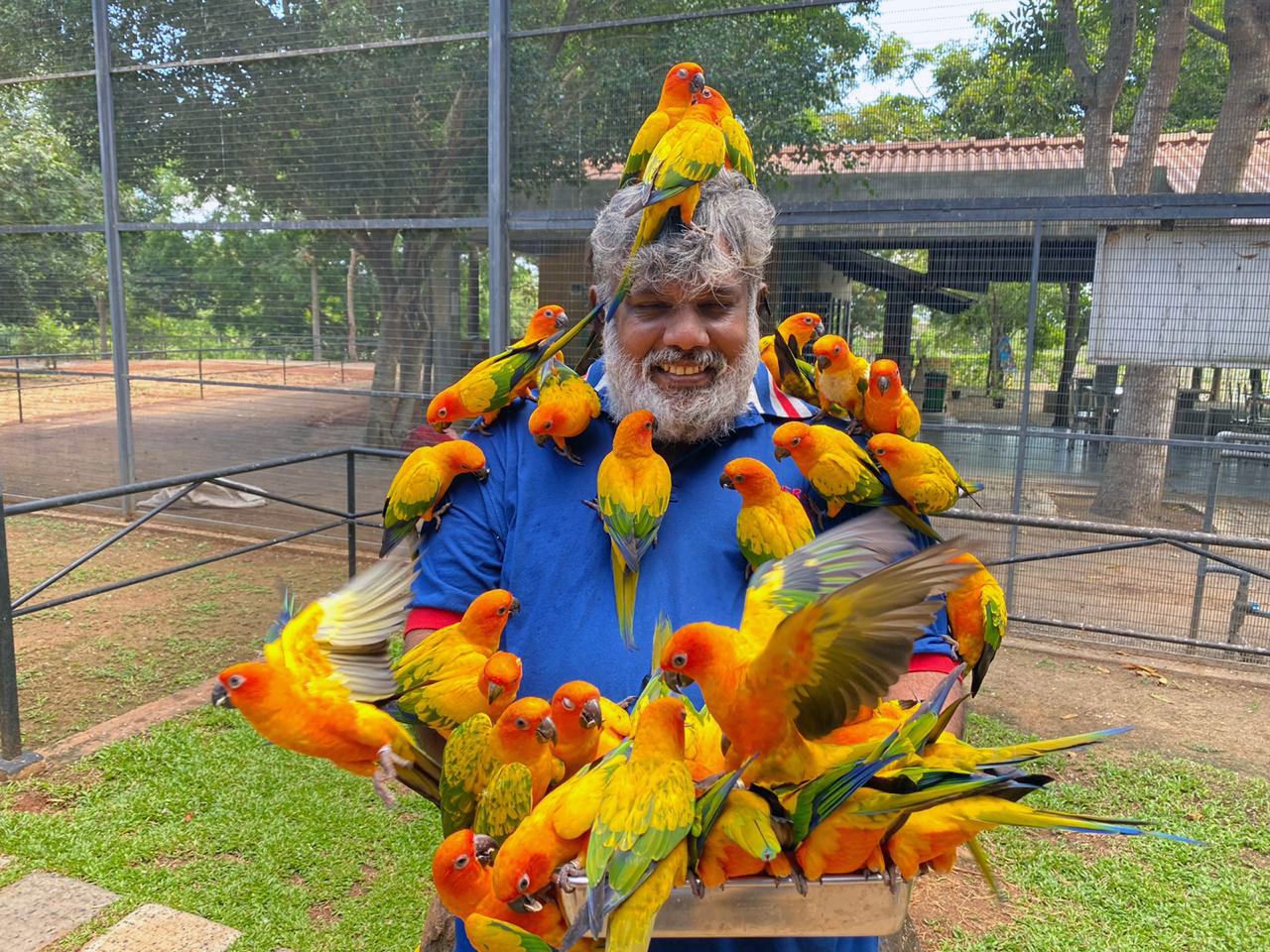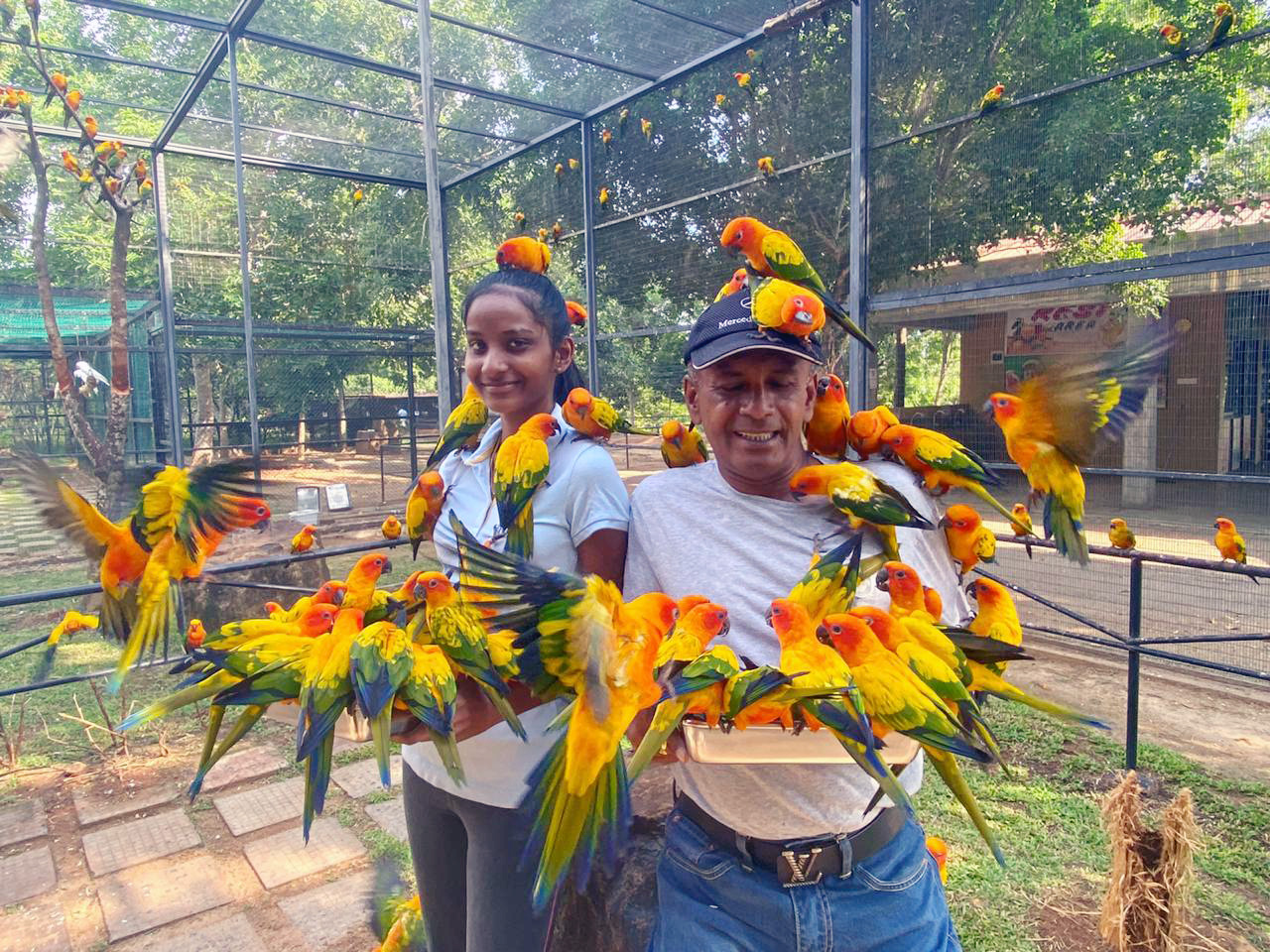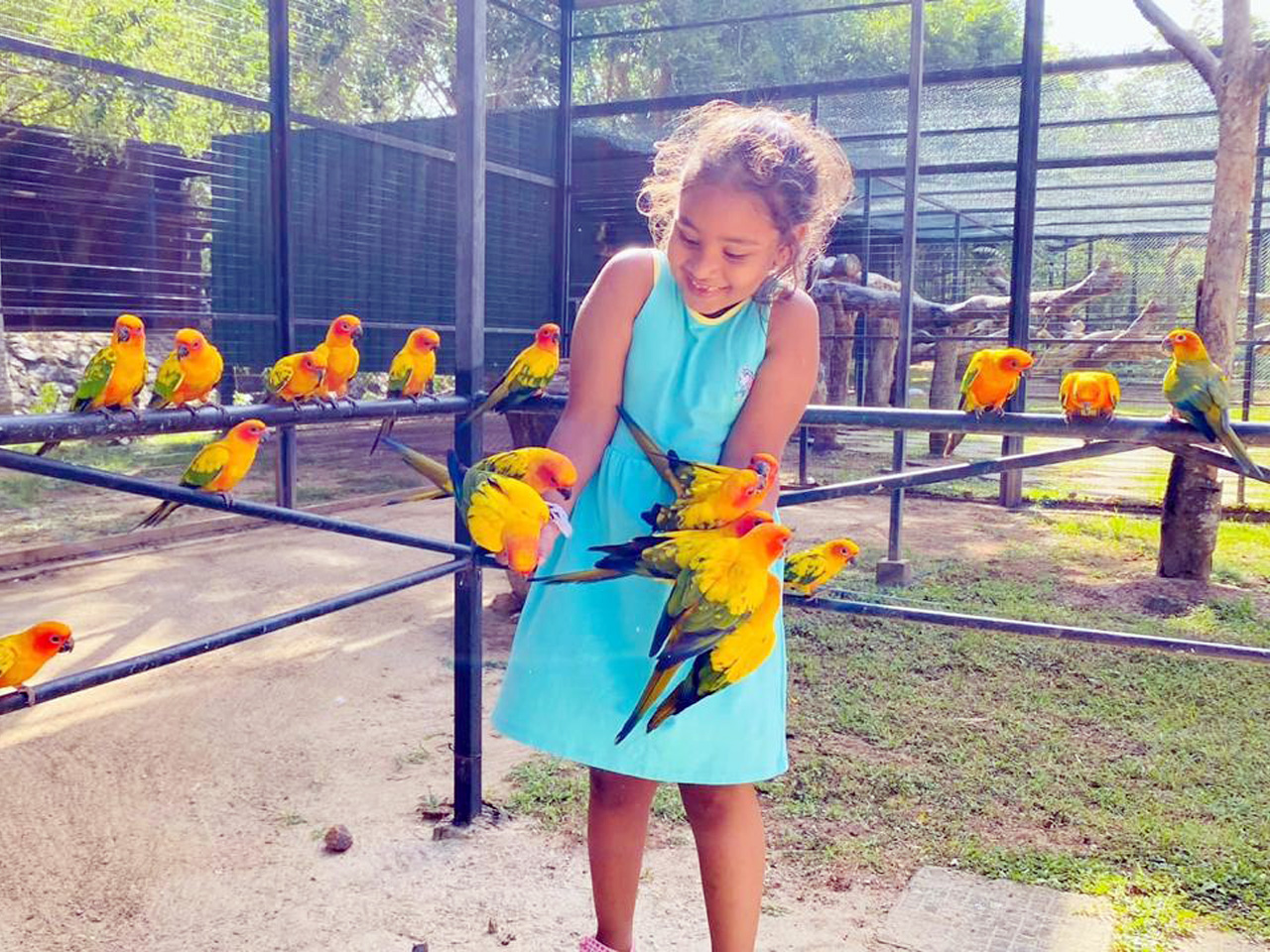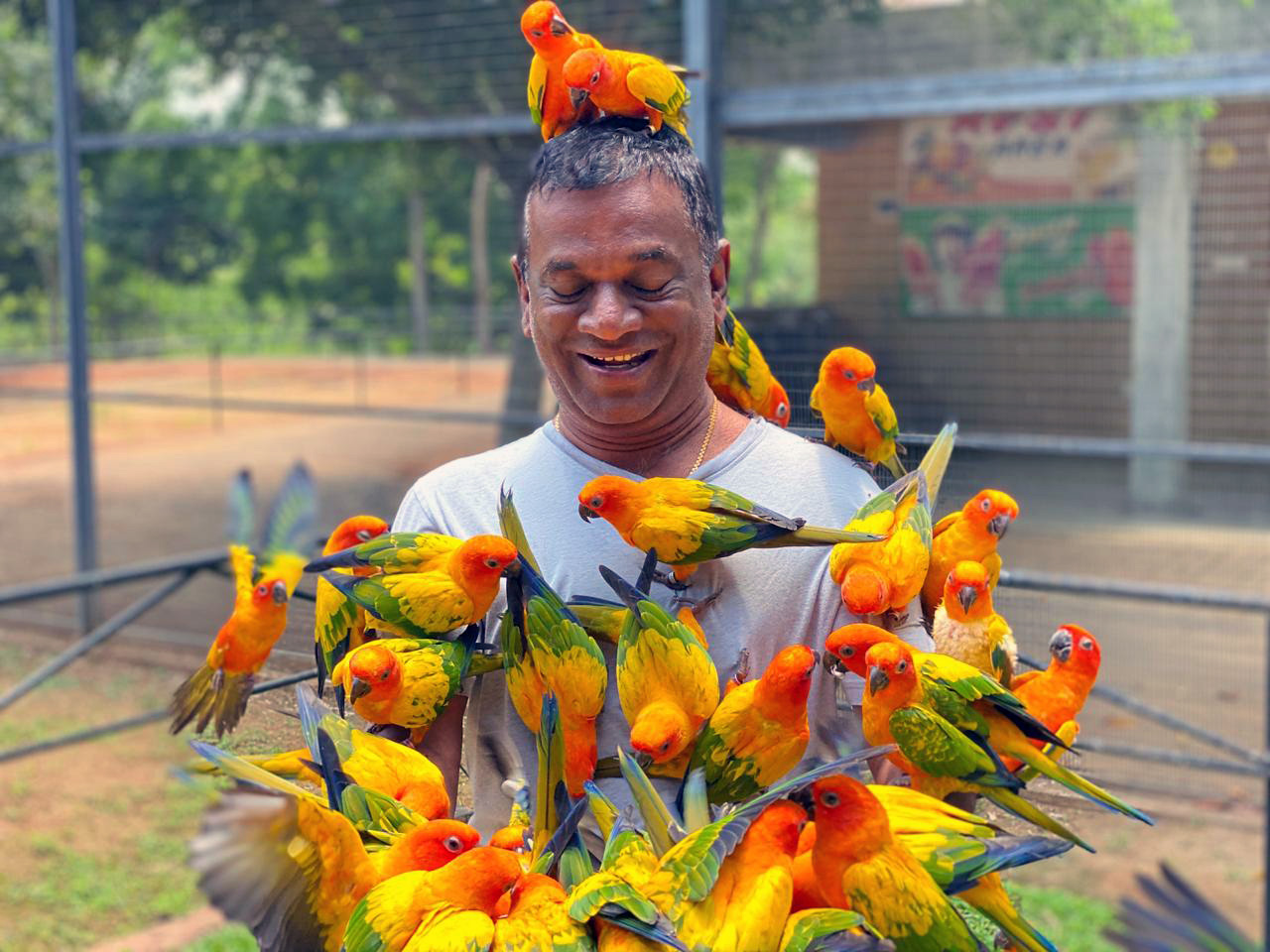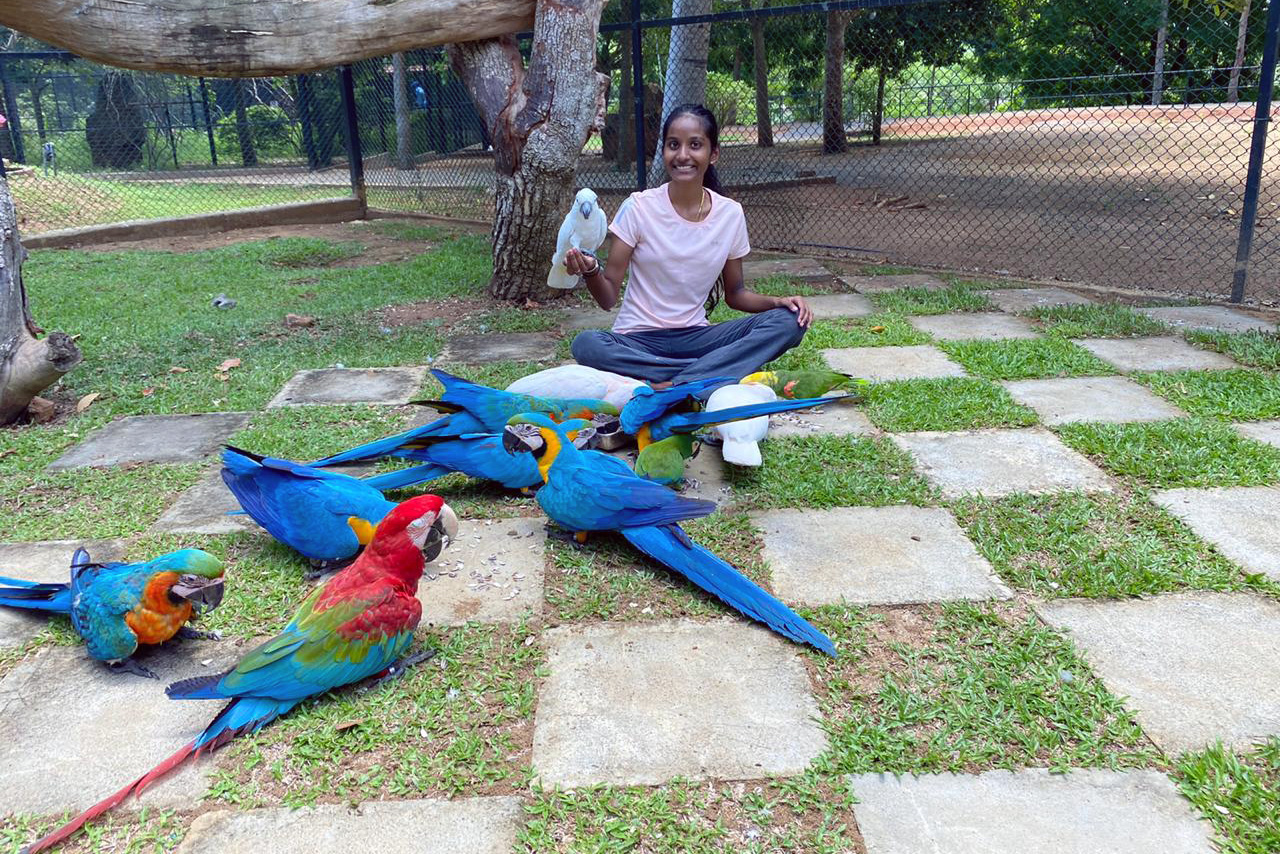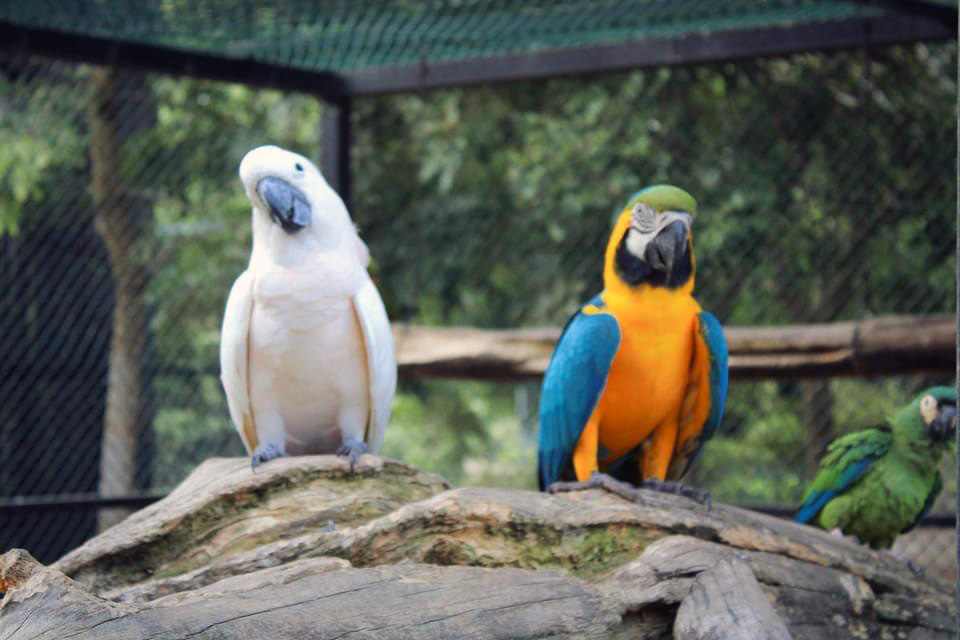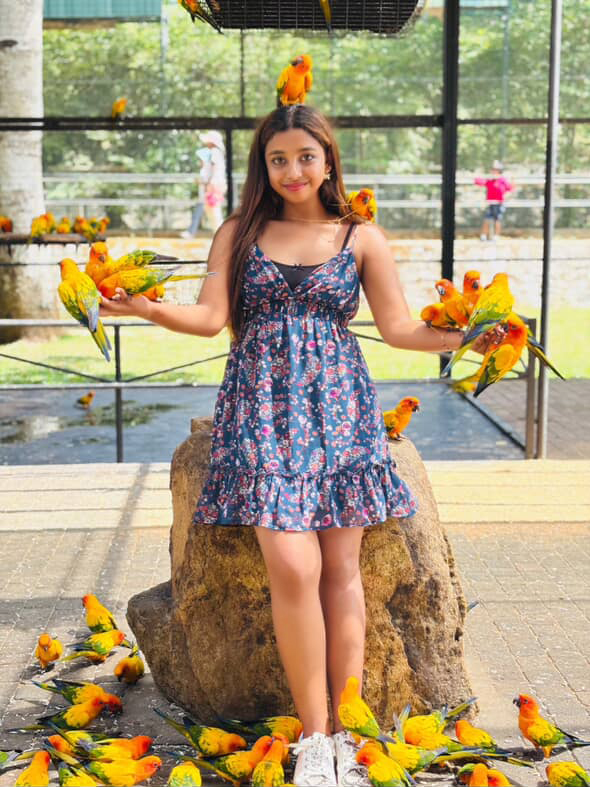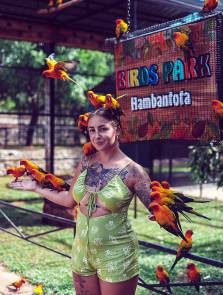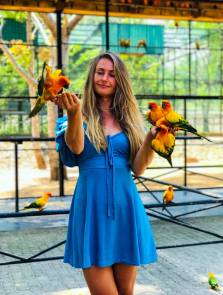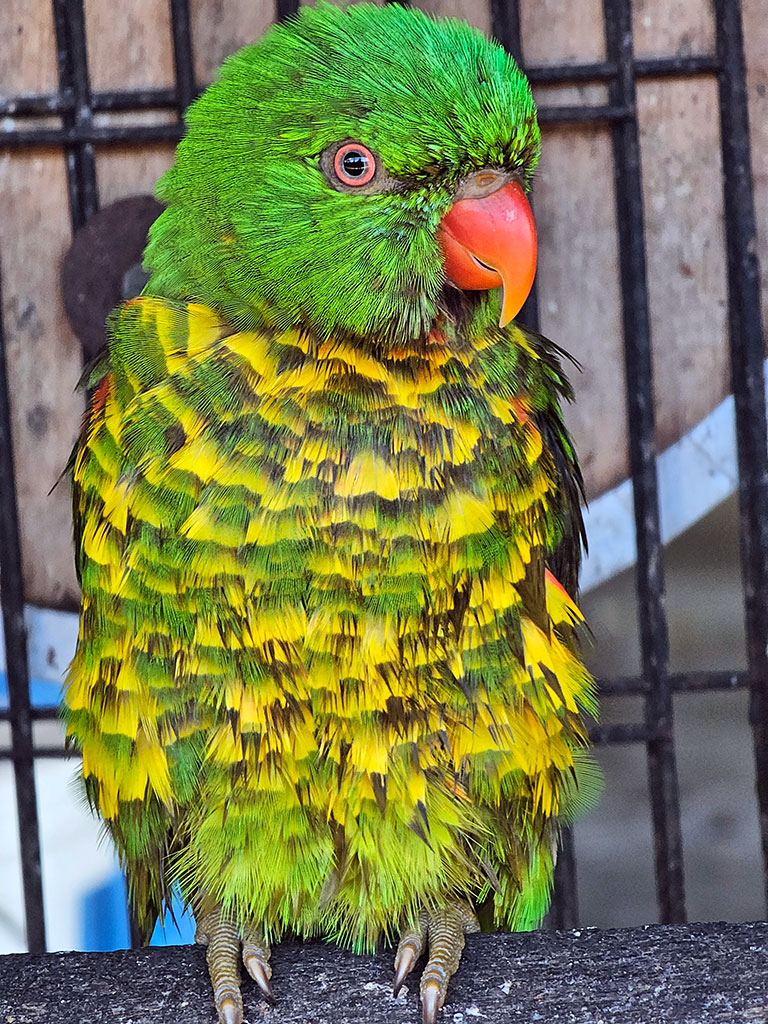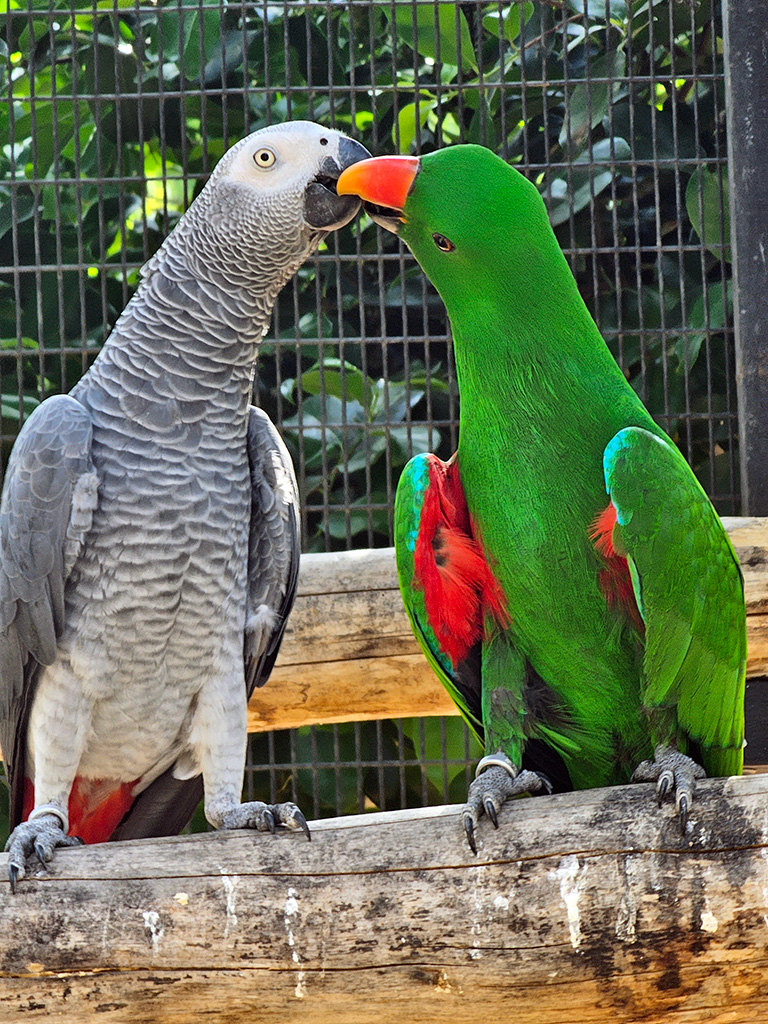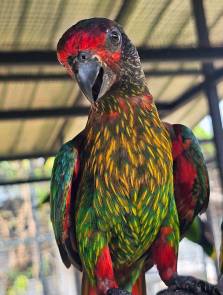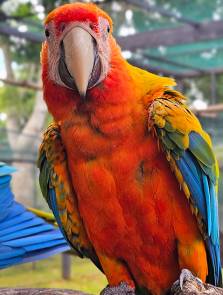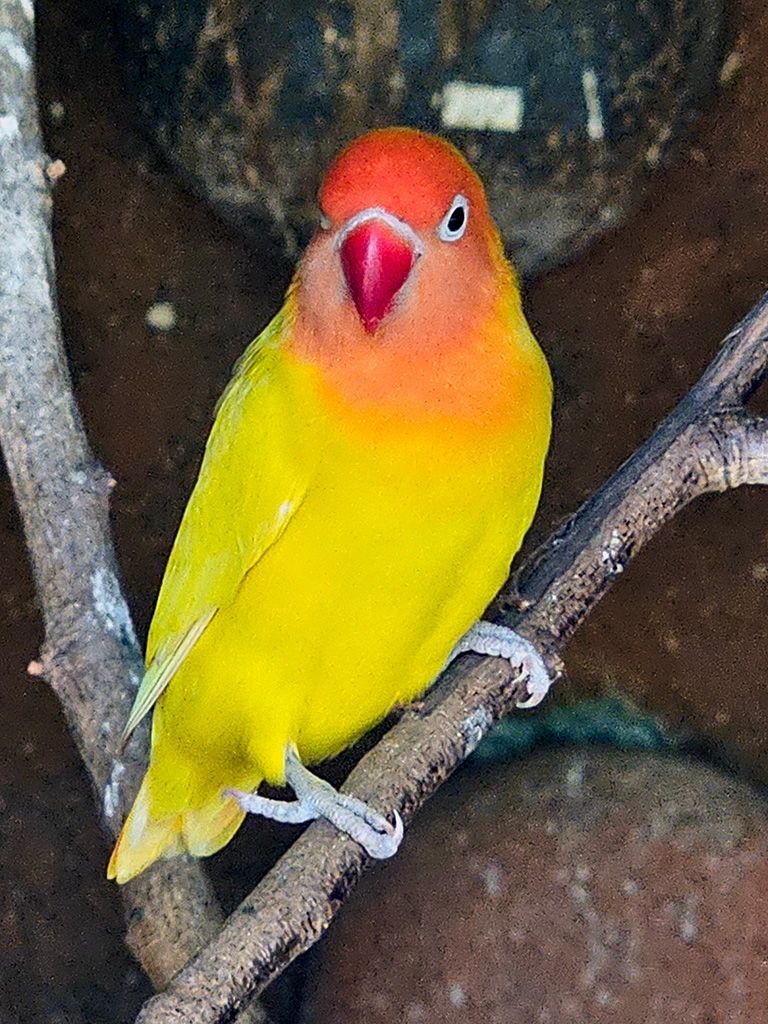



Welcome to Birds Park
Asia's largest Birds Park and Research Centre in Hambantota Sri Lanka
Birds Park is a home to endemic and exotic birds with over 180 varieties and around 3200 birds. The park which is located in the Southern part of the island expands on a landscape of 35 acres dedicated for bird enthusiast and for those who study ornithology.
Acres
Varieties
Exhibits
Birds
Asia's largest Birds Park
180 endemic and exotic birds
Exhibit Areas
Learn and discover 6 exhibits onsite
Dedicated for Research
Birds Park welcomes bird enthusiast and those who study ornithology
Social and Economic Sustainability
Local employment generation and training
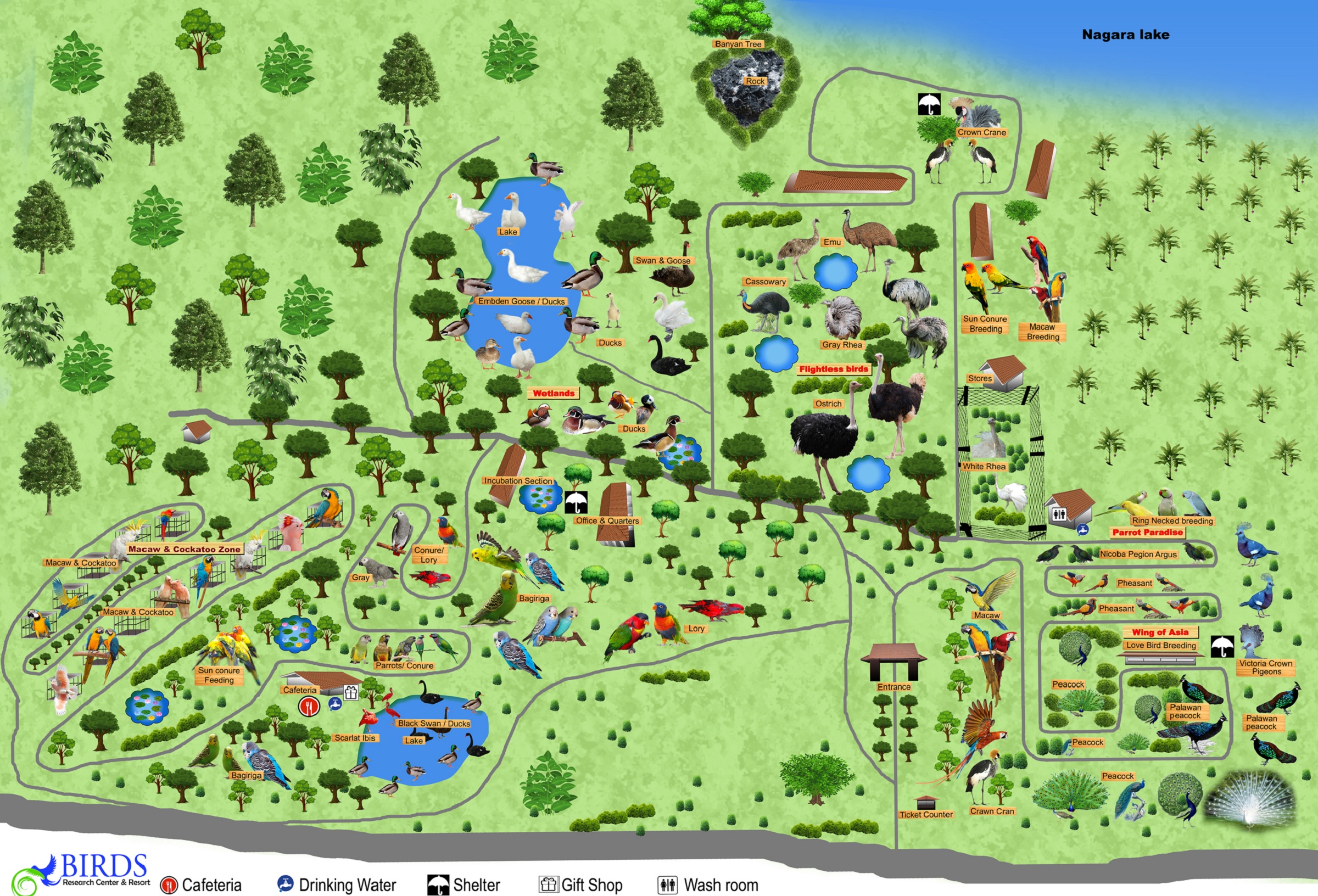
Visitors Info
With over 35 acres of land the park gives visitors the opportunity to meet and interact with our feathered residents. We invite you to come and enjoy!
How to get to Birds Park
If you are coming from Colombo take Southern Highway to Magampura Highway Exit. Then come to Katuwewa Junction and turn left. 7km From Katuwewa Junction you will find our Birds Research Center & Resort.
Please follow the sign boards.
You can also locate us through the Google maps (also published in the website)
Google map direction (Ambalantota => Birds Park)
map direction pdf
Google map direction (Colombo => Magampura Interchange => Birds Park)
Rates for Locals
| Age Category | Ticket Prices |
|---|---|
| Age Below 3yrs | Free of Charge |
| Age 3 to 10yrs | LKR 600.00 |
| Adults | LKR 1200.00 |
Rates for Foreigners
| Age Category | Ticket Prices |
|---|---|
| Age Below 3yrs | Free of Charge |
| Age 3 to 10yrs | LKR 2500.00 |
| Adults | LKR 5000.00 |
Birds Park Exhibit Areas

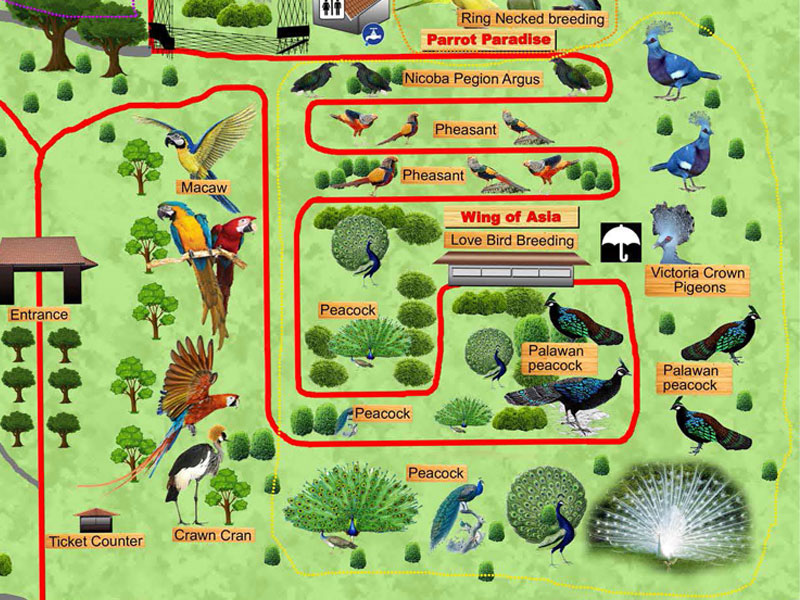
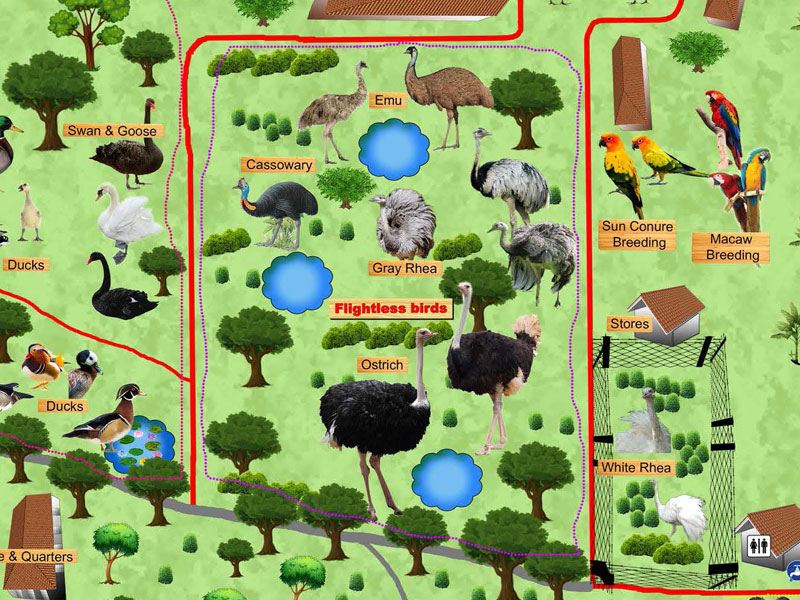
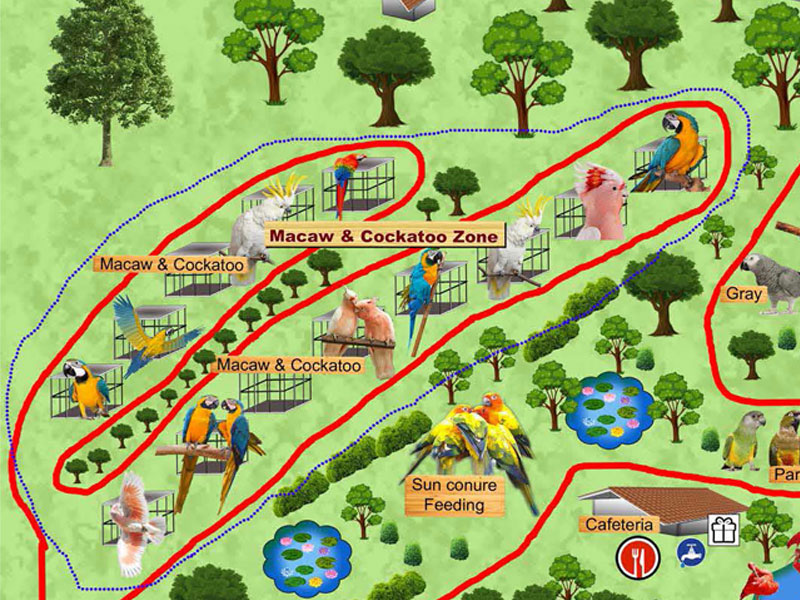
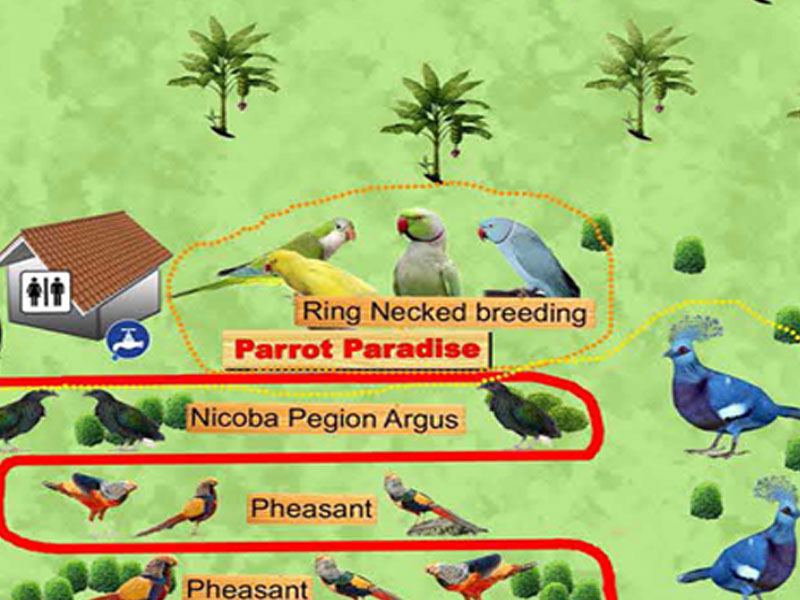
Birds Park Reviews




